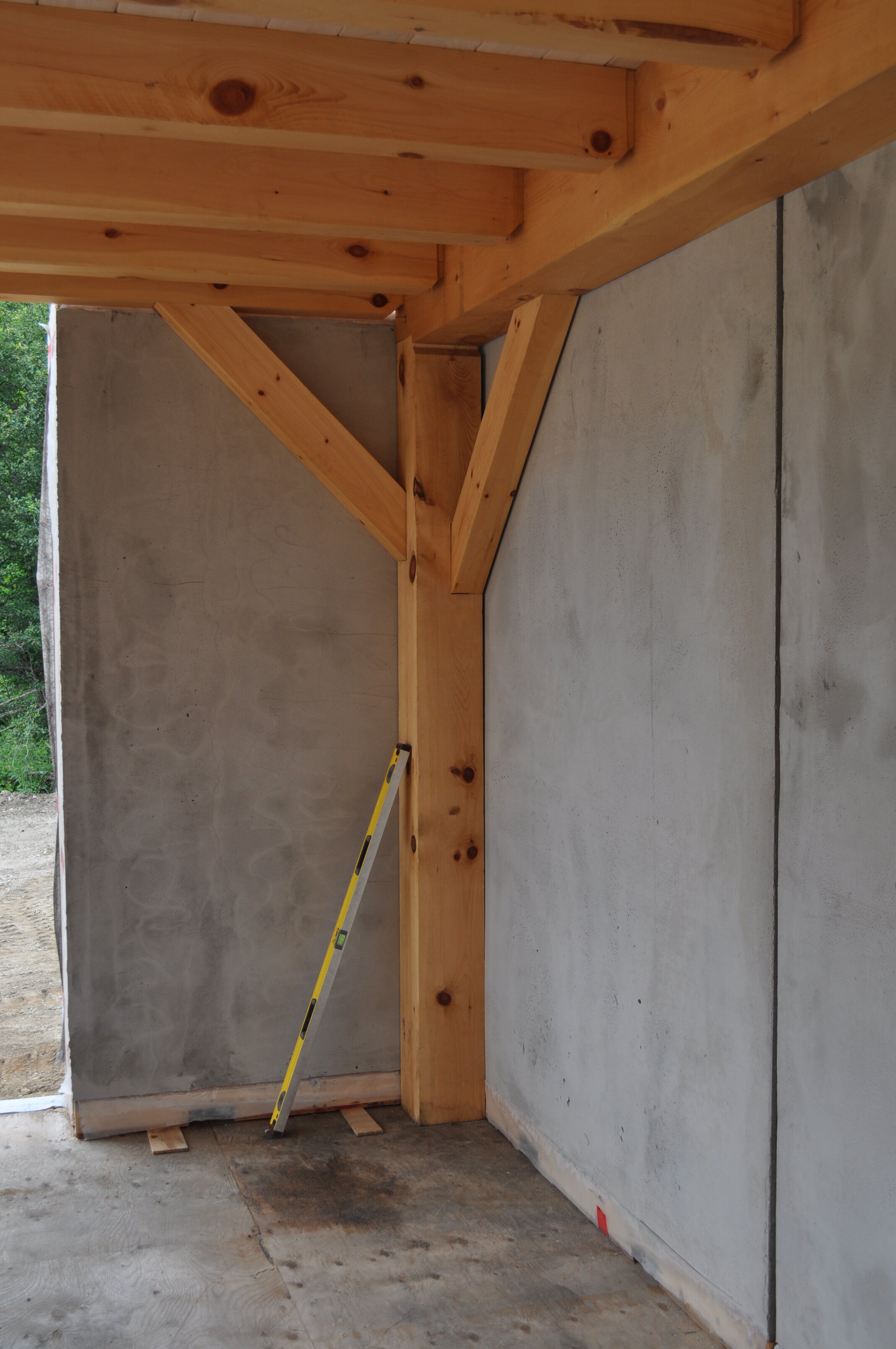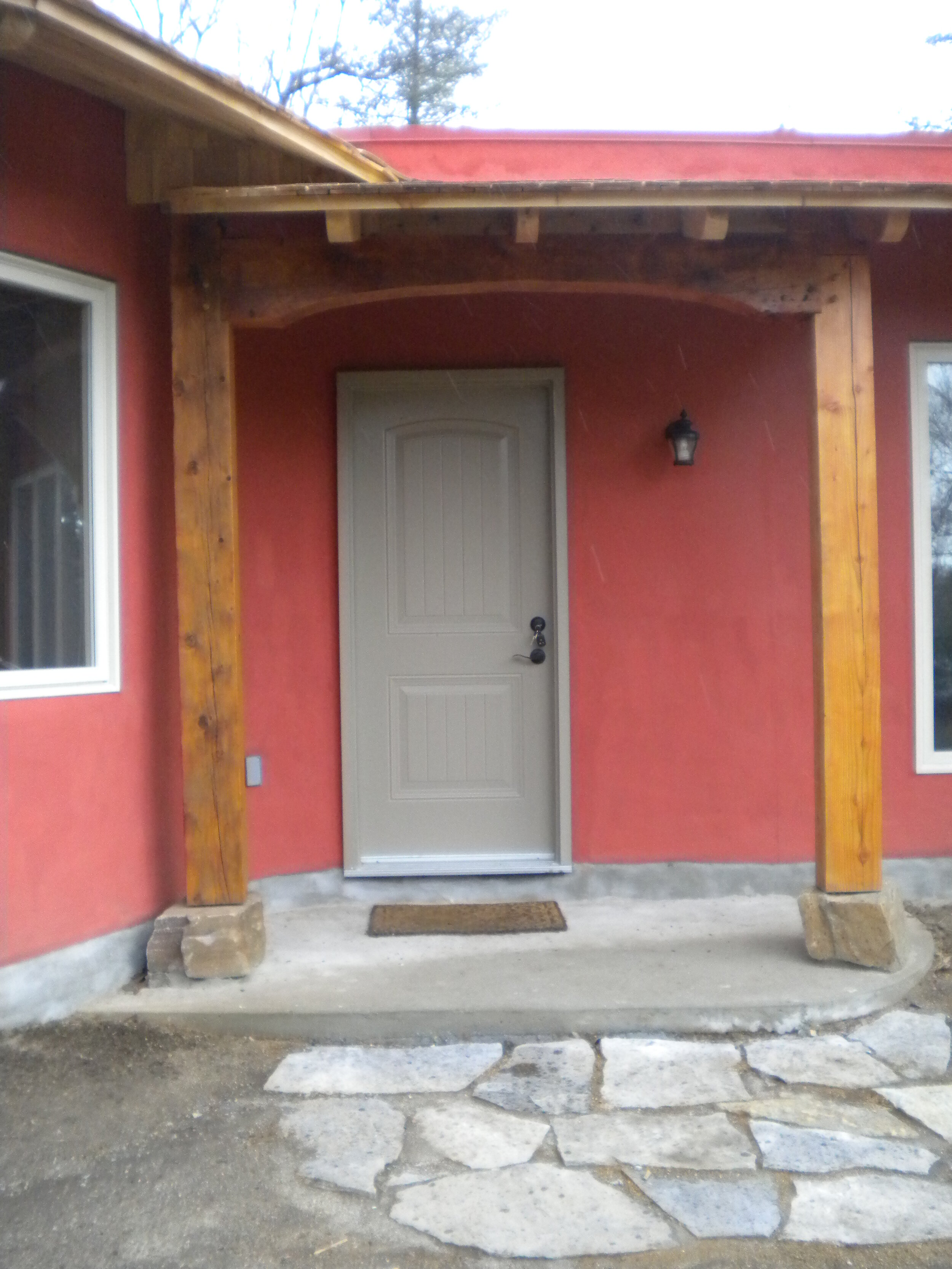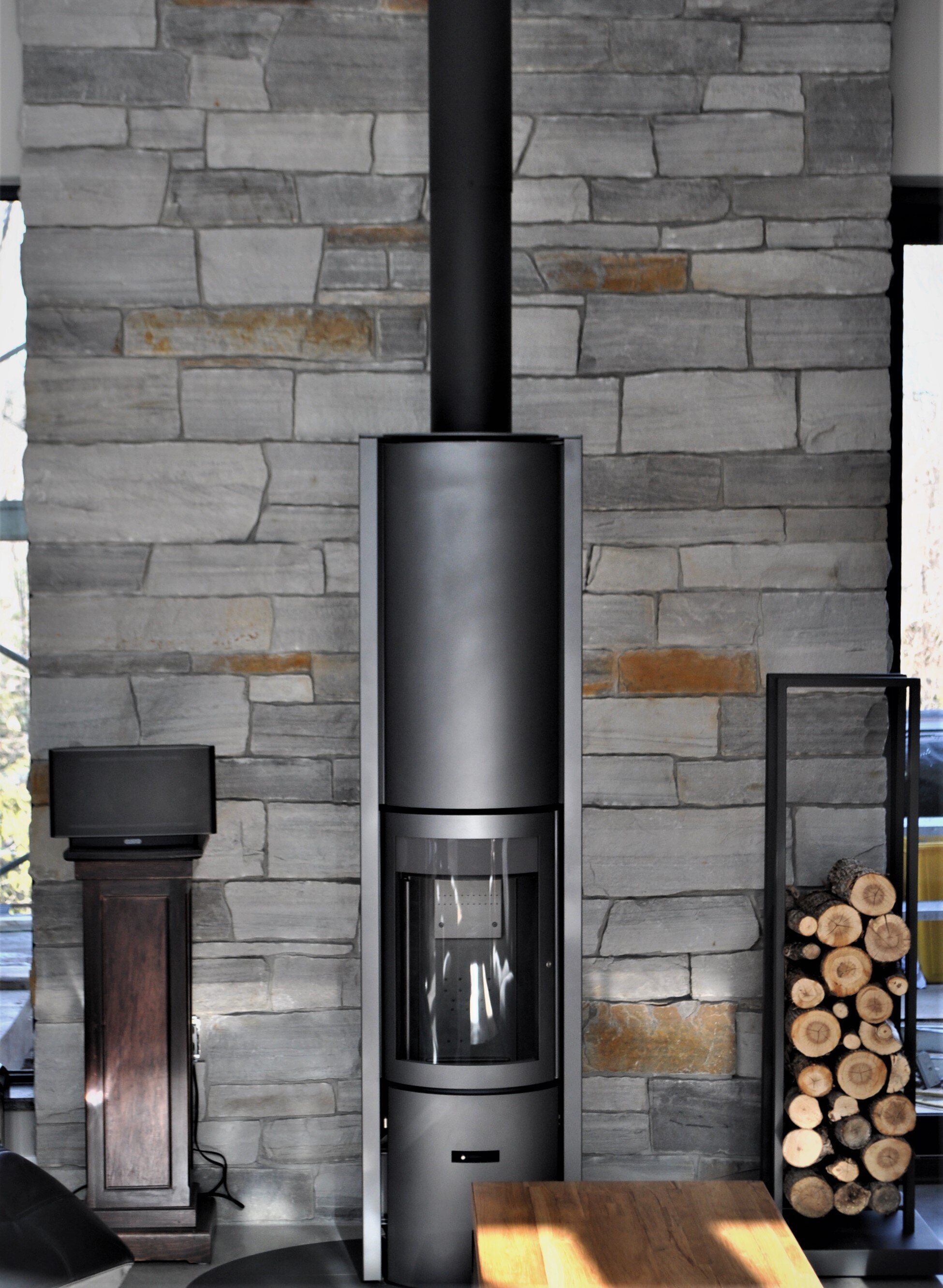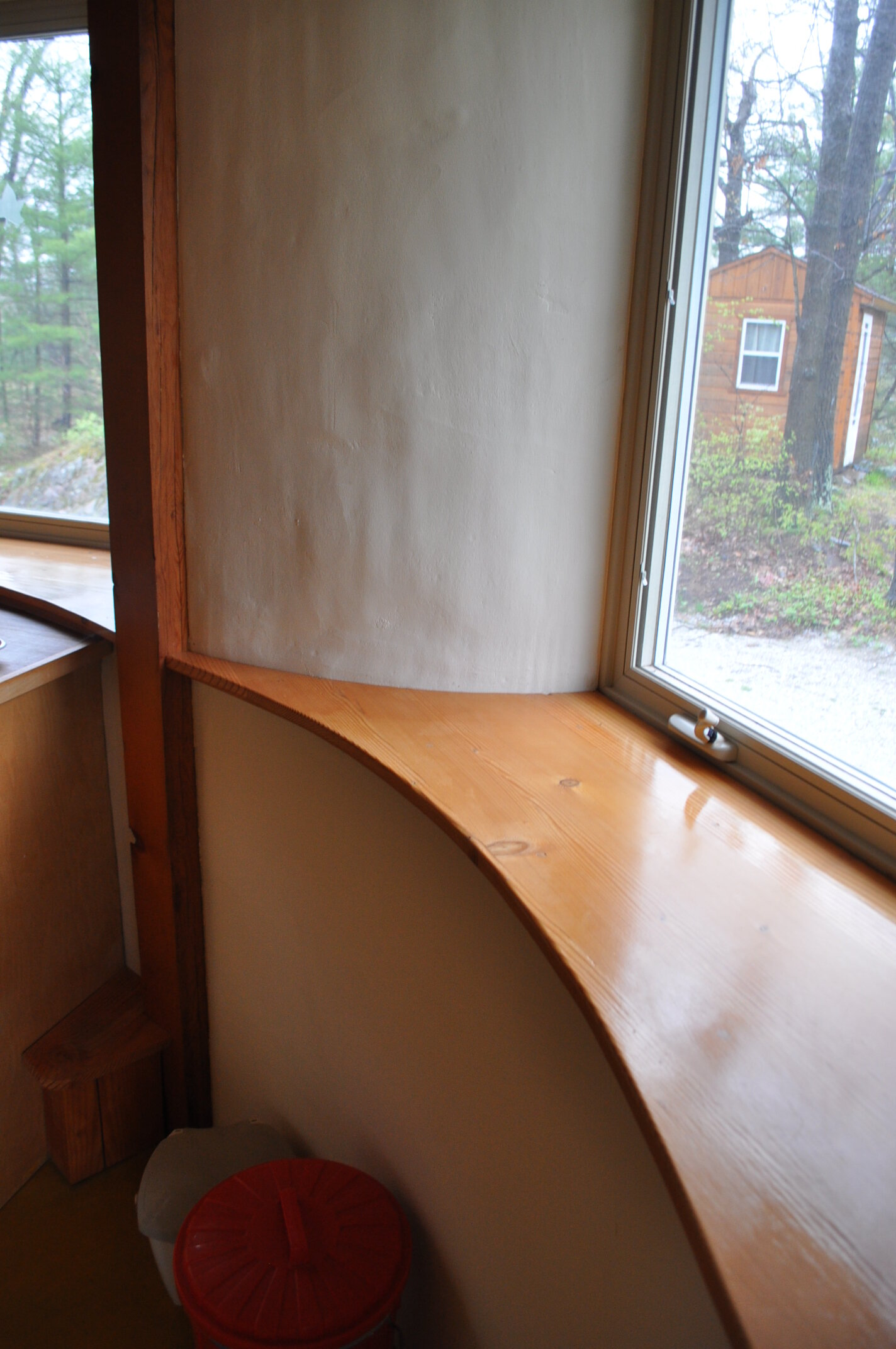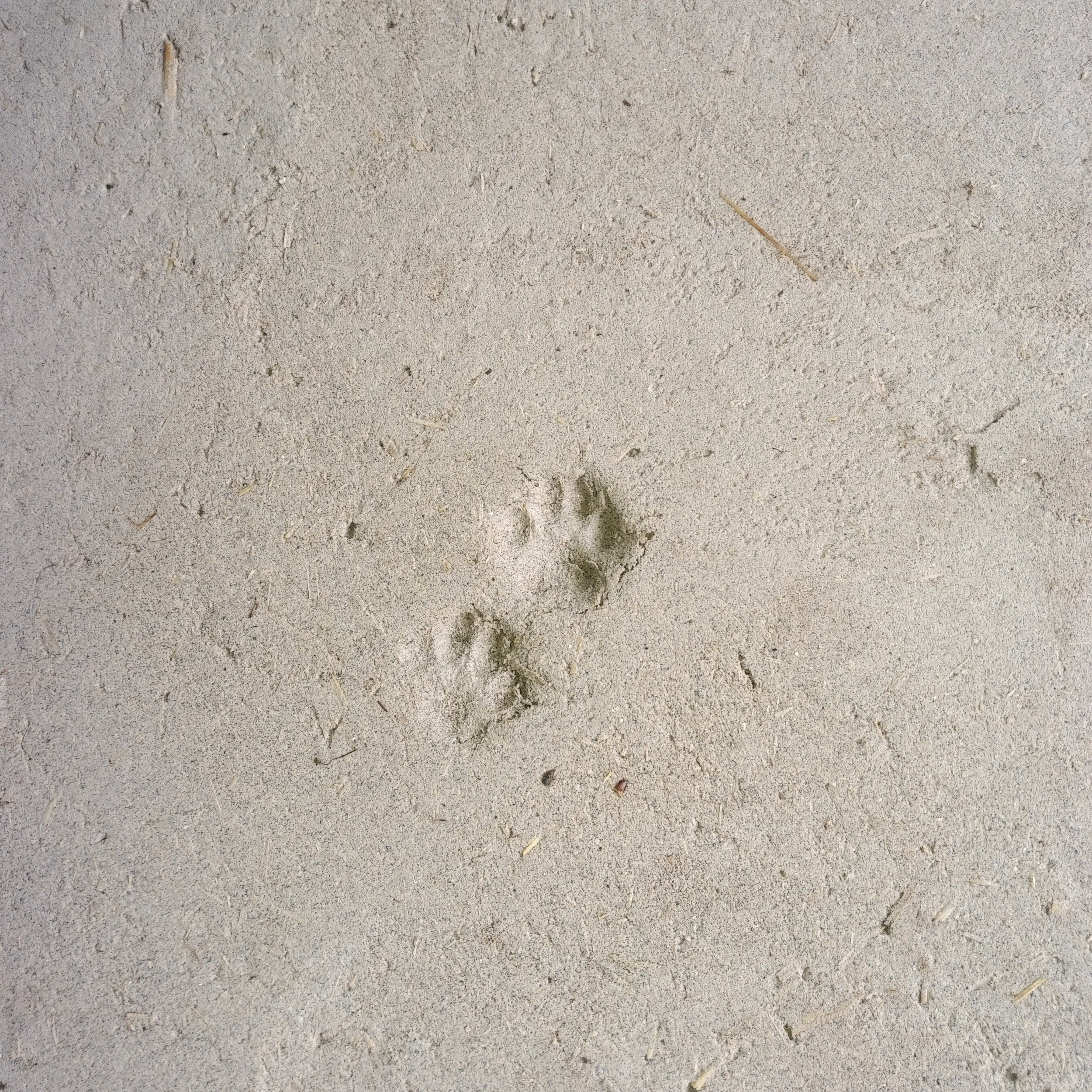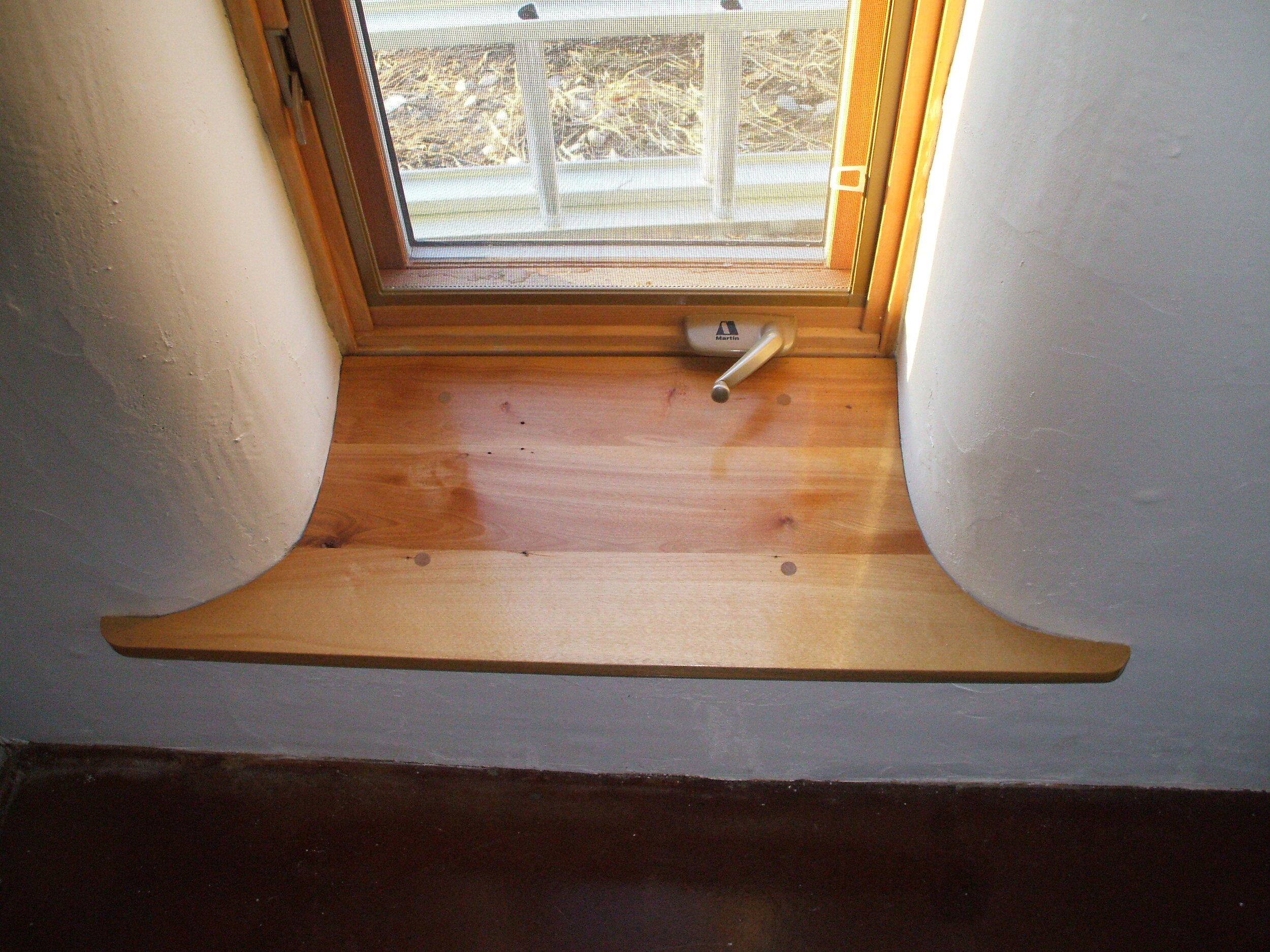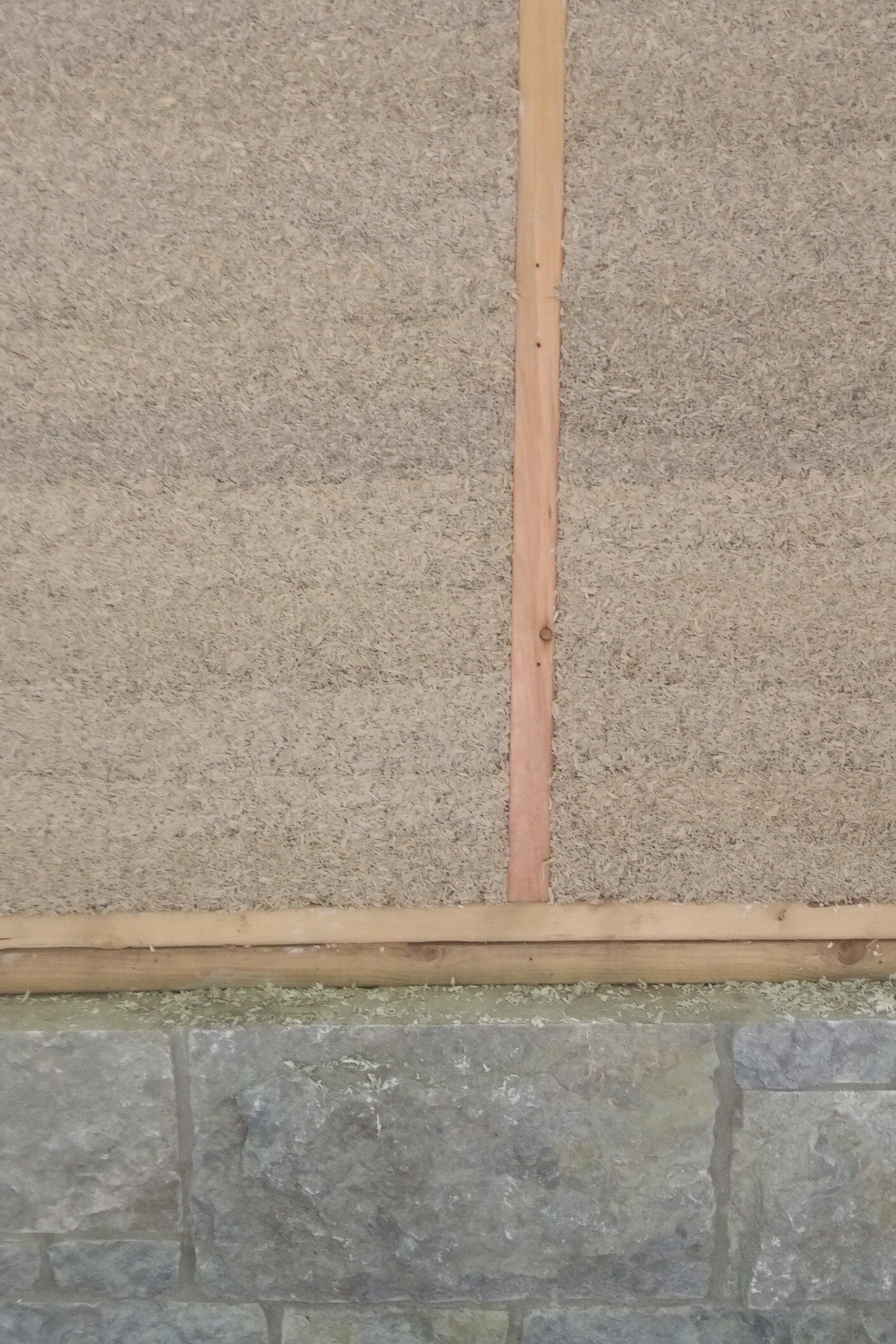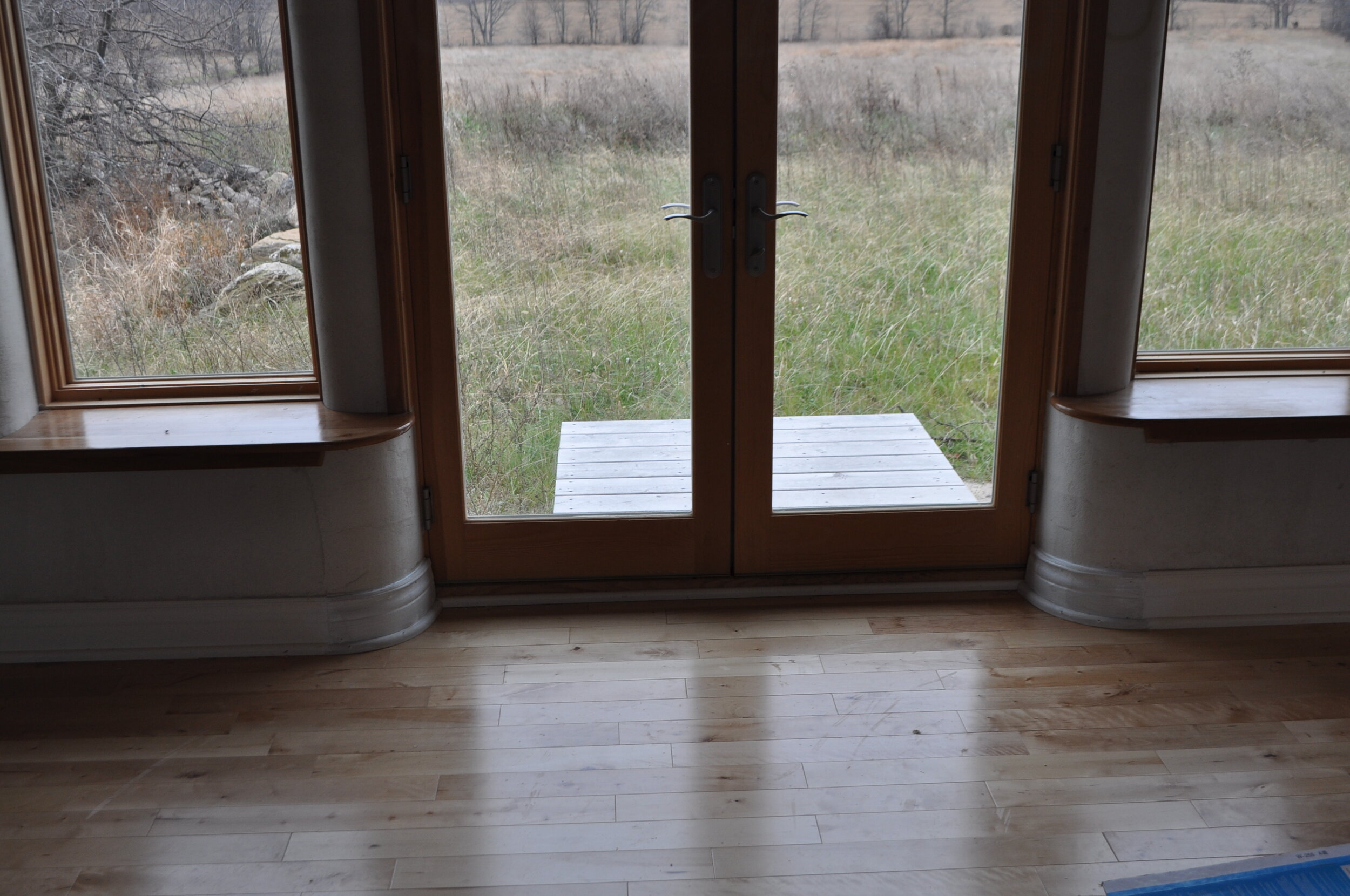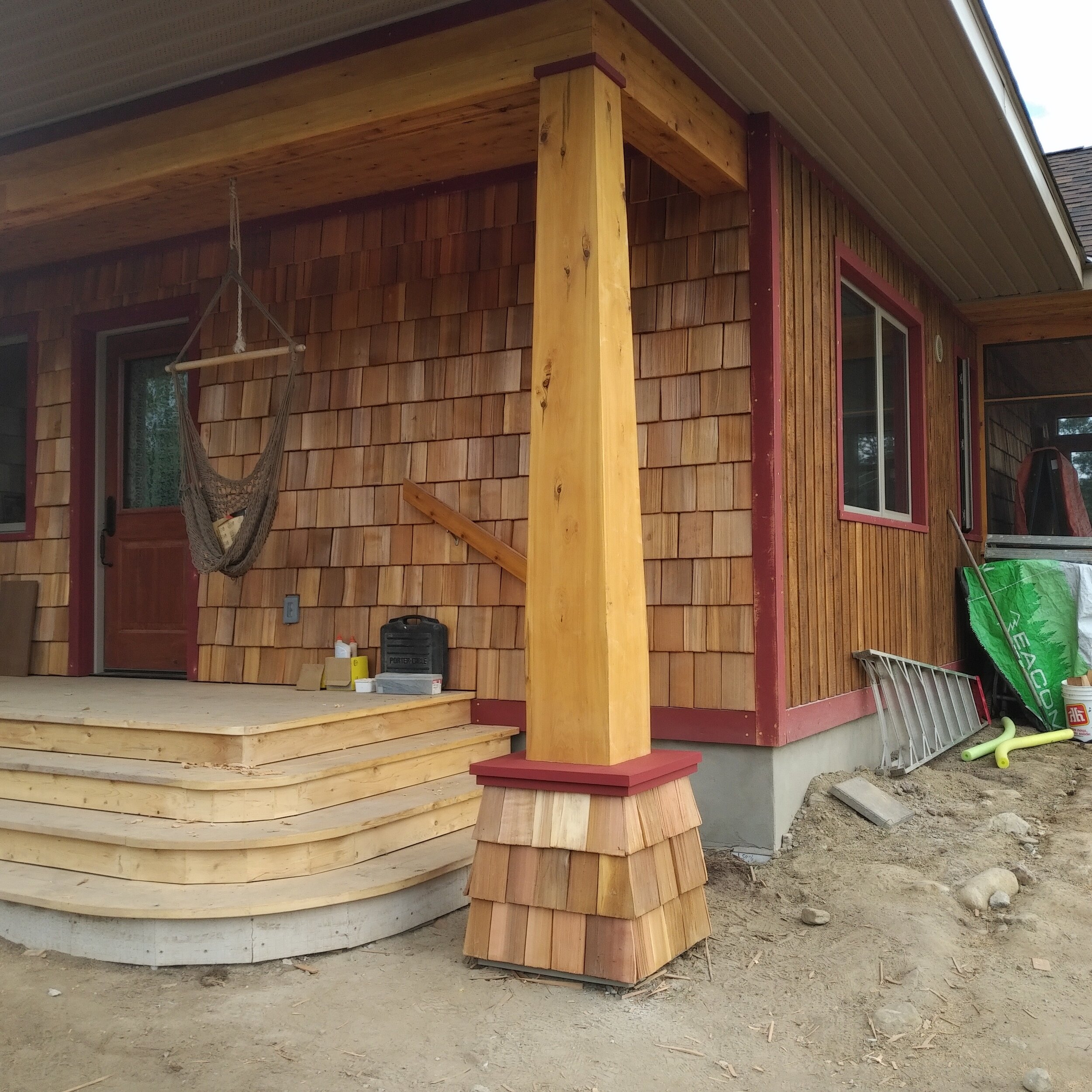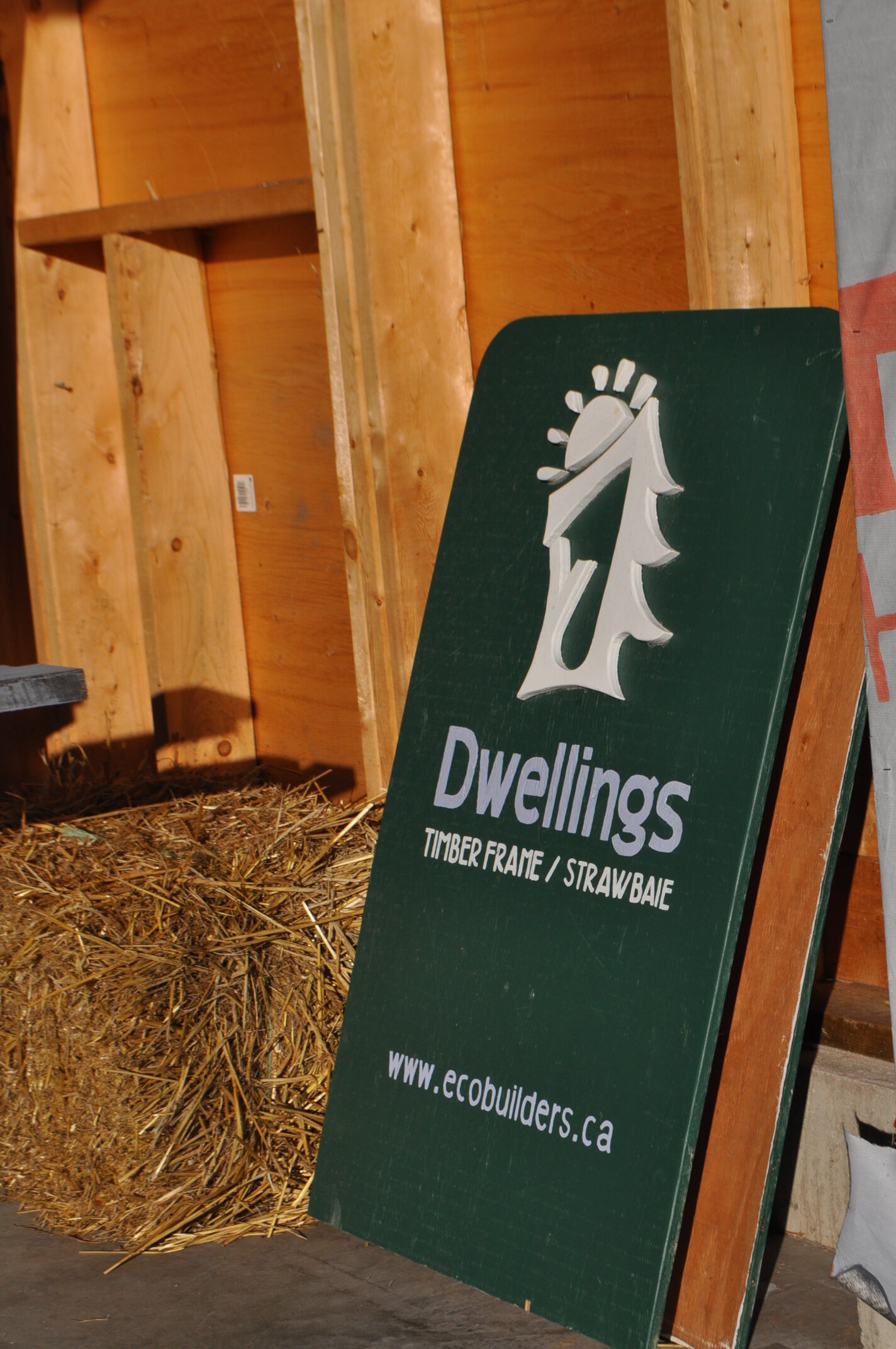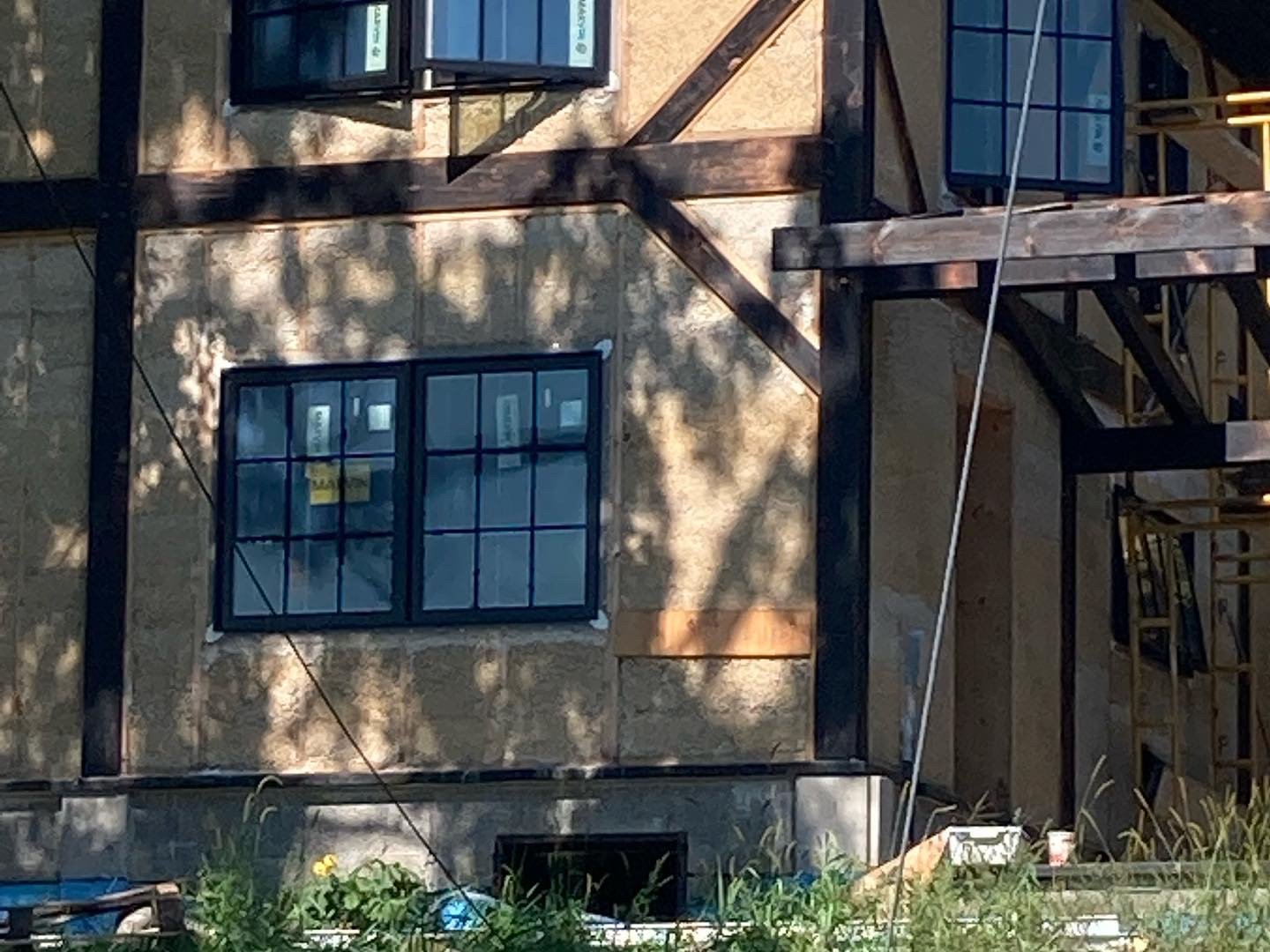Working with natural materials has always played an important role for us in building sustainable, healthy buildings. In recent years, as we have come to learn more about climate change and the role carbon plays in the atmosphere the importance of using low carbon materials has stepped to the forefront.
interior hempcrete additon
Concrete and foam are energy intensive materials that correspondingly use massive amounts of carbon to create. Natural materials like straw, hemp, wood and cellulose require very little processing and (potentially) little transportation to the site. Using these materials means that the carbon in them is built into the house (sequestered), so it is possible to build a house that is carbon negative. That is: the house is storing more carbon than was used to build it. Using all that we have learned from building science, advanced air sealing techniques, high efficiency windows and our natural building experience it is possible to build a high performance house that has a light environmental footprint.
Over the past few years we have worked on several hempcrete projects and it has become obvious that this is a relatively easy way to produce a resilient, sustainable, efficient wall system. Hempcrete is our natural wall system of choice.
Hemp Hurd
What is hempcrete, you ask?
Hempcrete is a mixture of a few basic ingredients:
Hemp: is a plant grown primarily for it’s seed and fiber. It is a member of the marijuana family, but doesn’t contain any THC- you will have to look elsewhere for that. Once the seed and fiber are harvested out of the hemp plant there is not much left. The outer husk of the stem is called the hurd - this is what is used in hempcrete.
Hydrated lime: widely available in North America at building supply stores.
A Pozzolan: we used metakaolin, but there are several ways to do this. A pozzolan is something that forces the lime to set up.
Hempcrete doesn’t contain any Portland (the active ingredient in cement). This means it is vapour open (permeable), water vapour can move through the assembly. This also means that hempcrete is not structural - some sort of structural frame is needed to hold the roof up.
The benefits of hempcrete
The hemp-lime mixture is lightly packed into forms. Once it sets up it produces a very light masonry wall. We have generally been building a 12” thick hempcrete wall (R28) and adding an air barrier and continuous insulaton to the exterior to boost the R value. Overall R-values will depend on the thickness of the exterior insulation, but basically around R34.
Mixing the hemp hurd with lime is what makes it exceptionally durable. Lime is very alkaline, so the mixture is mold resistant. The lime also helps with moisture management. This wall system is very permeable and has the capacity to store a large amount of water vapour. If water gets into the wall it can be safely stored until conditions change and it can dry out.
Forms coming off a hempcrete wall
In bullet points:
good R values and thermal mass
excellent moisture handling properties
it sequesters carbon
mold and insect resistant
fire proof
sustainable and renewable
contains no toxic chemicals
contains no voids for vermin to nest in
You might be able to support a local farmer!
We are actively growing the hempcrete part of the business!
If you are considering building with hempcrete please contact us. The potential for hempcrete to improve building in Ontario is vast. We have only started to explore and understand what is possible.
A side note to contractors: there are a few ways to frame for hempcrete, all of them are easy for a framing crew. There are no details here that are particularly challenging. You frame it, we install the hempcrete. Easypeasy. Give us a call if you want to turn a project into something special.
Hempcrete wall with framing exposed






